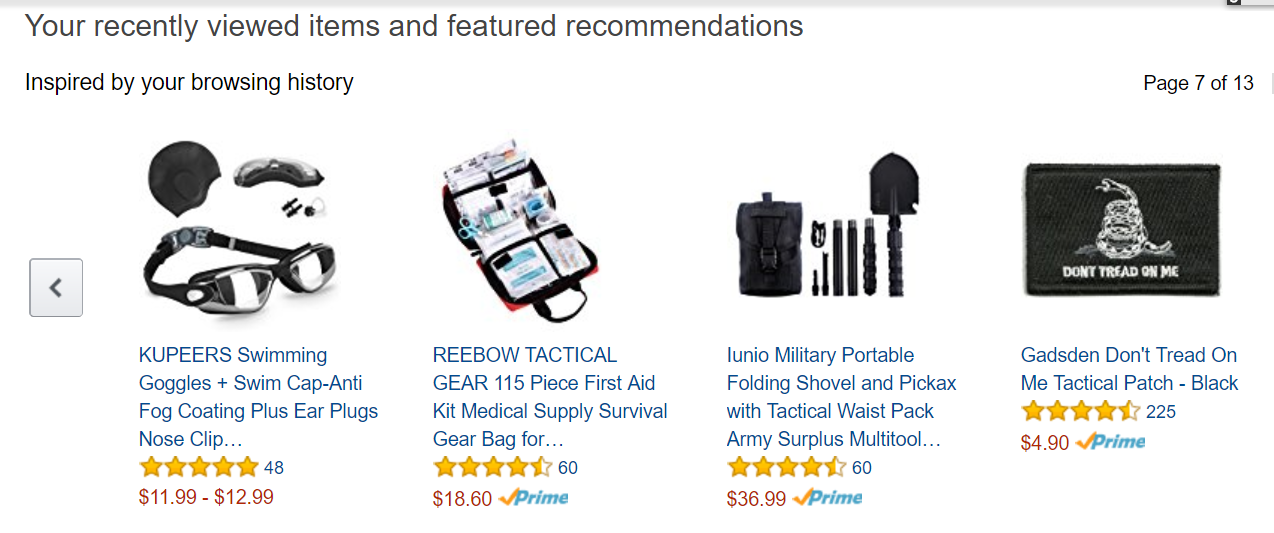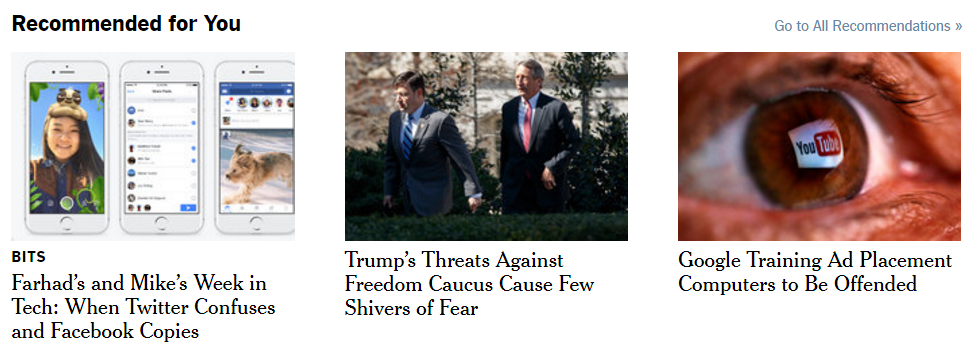Successful eCommerce businesses often have strong brands behind their names. A strong brand carefully defines its mission, perfects its tone and emotionally connects with its audience. In an online world of endless options, this can help bring customers back to a site time and again.
But, are your customers coming to your site to purchase out of loyalty to your brand or because of the experience that you’ve carefully crafted for them?
According to McKinsey’s research (based on their database of over 125,000 consumers shopping for more than 350 brands and in 30 categories), while purchases are driven by loyalty, they are driven even more by the shopping experience.
Businesses can deliver engaging shopper experiences by powering their engagement tools with insight engines. For example, providing next-best offers (NBOs), with more personalized engagement in real-time, is one way businesses can deliver this engaging shopping experience.
Data-driven engagement with customers in real-time
Amazons’ recommendation engine, for instance, is an engagement tool powered by real-time insights to suggest both items shoppers would be likely to buy, as well as matching items or items based on customer behavior.
For instance, shoppers who buy a hiking backpack might want to purchase other hiking equipment. While shopping, Amazon’s recommendation engine displays additional items they might be likely to buy these types of items:

Source: amazon.com
A recommendation engine would show these matching items according to product affinity, based on a calculation of the likelihood that a customer who bought one item would buy another. The insight engine would determine that customers who bought a specific backpack were more likely to buy thermal underwear, emergency bracelets, or a snorkel mask set.
What is product affinity?
Product affinity insights let businesses understand:
-How likely customers who purchase or view a product are to buy a different one entirely
-Which item or product a customer will purchase first, or which items are more likely to be purchased together
-What causes a customer to search for and purchase the same product on another site
For instance, with one online ecommerce store, we found that people who viewed the Windows 10 product page frequently continued to view a Windows PC product page (and vice versa).

Source: Product affinity reports by Cooladata analytics
Based on these insights, these products would be cross-recommended for customers who purchase either item when checking out.
These NBOs aren’t exclusive to ecommerce. For example, a leading media publication used behavioral path analysis to gain valuable insights to drive their content recommendation engine. By analyzing the behavioral path of their readers, they learned that, of the readers who browsed political content, 13% of them continued on to read the entertainment, then the sports and finally the technology sections.

Source: Cooladata Behavioral Analytics: Content categories path analysis.
A data-driven insight engine can also tell them what led readers to take this particular path, and if they followed content suggestions or simply wandered between categories.
The media publication can also drill down further to find common behaviors these readers have. For instance, do they visit every day at the same time? Or just at times related to sports events? Insights into readers’ behavior are critical for powering their recommendation engine and for suggesting relevant content from the right categories to drive higher engagement.
How does a content recommendation engine work?
Based on this article’s subject matter, your past behavior on the site and the behavior of similar readers who read this article, the New York Times’ recommendation engine also offers you the following articles:

Source: Recommended items from New York Times
This is a powerful way for businesses to shape their customer experience and drive customer loyalty.
Engagement engines that drive the shopper experience
Insight and engagement engines powered by behavioral analytics technology gives you the ability not only to answer these vital questions for business growth, but also to act on them. This enables you to engage with your shoppers in a deeper and more personal way than your competition. Remember that this personalization cannot happen without understanding your customer behavior.
Online shoppers are a fickle bunch. Any number of experiences can easily push them away from your site and into the site of your competitors. Such experiences can include a campaign that isn’t finely tuned to their needs, improper product placement on the website, or a price that isn’t competitive enough.
How do you know when you’ve succeeded in engaging your shoppers with a dynamic, personalized experience in real-time? The moment of truth is when a shopper adds a product to his cart, purchases, and then returns again later to purchase on your site. It’s the experience (and NBOs) that you give your customers based on your understanding of their behavior at every step of the journey that can make or break your ecommerce business.




The NBO on real-time not only helps the online shop but in the end it helps users as well. It helps them to avoid just keep on searching different products and in the process losing the sight what they wanted to buy in the first place. NBO’s helps the customer stay focussed on the product they started with and online website just keep on showing the relevant ads to the users to that particular products. I think it may be the reason people usually buy stuff from those section as well.